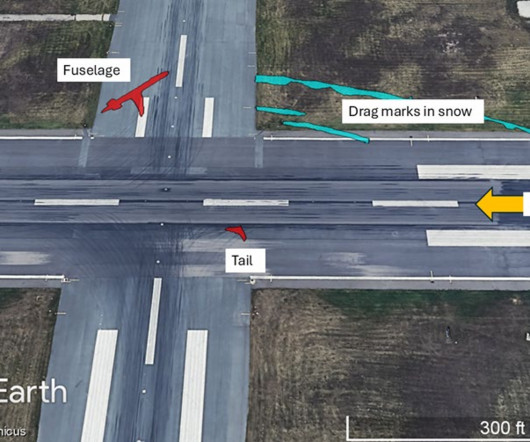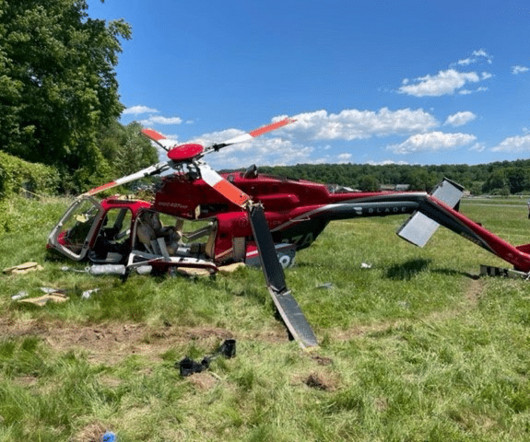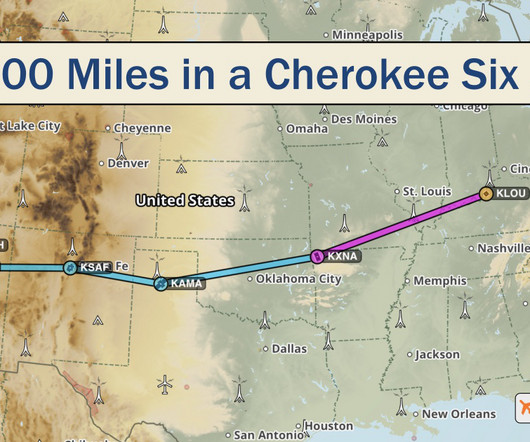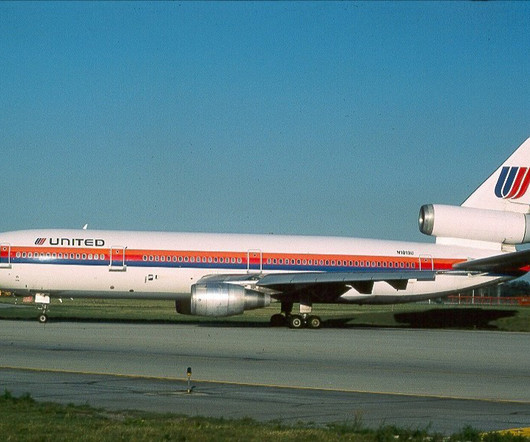Throttle Mismanagement: A T-38 Lesson That Stuck
Air Facts
MAY 14, 2025
Although he was flying at or near the proper airspeeds for an overhead pattern, he was constantly moving the throttlesfrom near idle to near full thrust within seconds. During each turn, we lost about 1015 knots, but once wings-level again, the jet quickly accelerated back to 300. At least he didnt light the afterburners! Gusty winds?



















Let's personalize your content